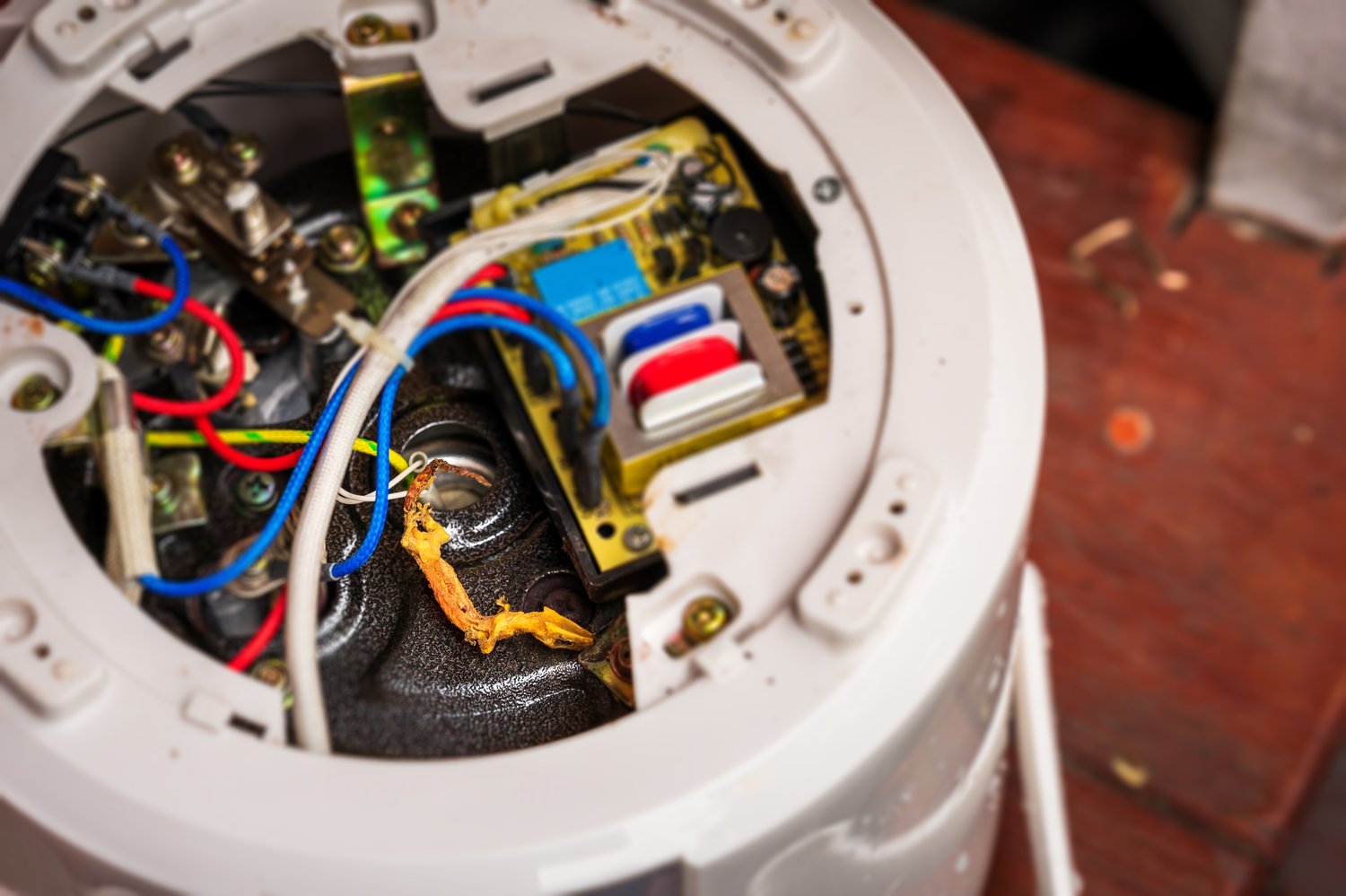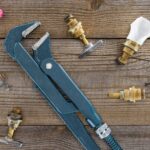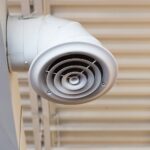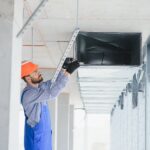When your heat pump suddenly throws an error code, it can disrupt the comfort of your home in an instant. Recognizing and resolving these codes is essential to maintain smooth operation and energy efficiency. This guide will delve into the world of heat pump error codes, equipping you with the knowledge to handle these issues confidently.
- Learn about the most common heat pump error codes and what they imply for your system’s performance.
- Discover practical troubleshooting methods and tools to quickly address frequent error cases.
- Explore proactive maintenance tips that can help you prevent error codes, prolonging the life of your heat pump.
Through this guide, gain valuable insights and actionable strategies that will empower you to tackle heat pump issues efficiently, ensuring your system runs flawlessly year-round.
Understanding Common Heat Pump Error Codes
Heat pumps are essential for maintaining comfortable temperatures in homes but can sometimes present challenges through error codes. Understanding these heat pump error codes is crucial for efficient operation and reliable system performance. There are a few frequently encountered codes that homeowners and technicians often deal with.
One common error is the E1 code, which typically signals an issue with the temperature sensors. It may imply that the heat pump is detecting an abnormal reading, potentially affecting heating efficiency. Another frequently seen code is E2, pointing to problems with airflow, which could be caused by blocked filters or obstructions in the ductwork.
Error code E3 often indicates a low refrigerant warning, suggesting a leak or imbalance in the system’s refrigerant levels, something that could compromise the heat pump’s cooling capabilities. Recognizing the F1 error code usually relates to fan motor malfunctions, which might reduce air circulation and enhance system inefficiencies.
By understanding these typical error codes, users can quickly gauge the gravity of the issue and decide on the appropriate course of action, ensuring the optimal performance of their heat pump system.
Troubleshooting Techniques for Frequent Errors
Troubleshooting heat pump issues begins with correctly identifying the error codes and then employing the right techniques to address them. For temperature sensor errors (E1), begin by checking the placement and condition of the sensors, as a simple adjustment or cleaning might resolve the issue.
When facing airflow issues (E2), first examine the air filters and ducts for any blockages. Cleaning or replacing filters regularly can often rectify this problem, restoring proper airflow.
With low refrigerant errors (E3), it’s advisable to check for any visible leaks in the system. Although topping up refrigerant may be a temporary fix, consulting with a professional to address the leak should be a priority to prevent future occurrences.
If a fan motor error (F1) is detected, it’s recommended to inspect the motor and its connections. Often, a simple reset or adjustment can solve the problem, but sometimes replacement may be necessary for persistent issues.
By implementing these troubleshooting techniques and making use of basic tools like multimeters and infrared thermometers, homeowners can effectively resolve common heat pump issues, ensuring the continued functionality of their system.
Proactive Maintenance Tips to Avoid Heat Pump Error Code Issues
Maintaining your heat pump proactively can significantly reduce the occurrence of error codes, helping you avoid costly repairs and ensuring the system’s longevity. Regular upkeep is an essential part of making sure your heat pump runs efficiently and offers optimal performance throughout its operating life.
Schedule Routine Inspections: One of the most effective ways to prevent heat pump errors is by scheduling regular professional inspections. These checkups allow experts to identify and resolve potential issues before they escalate into serious problems. Aim for a bi-annual maintenance schedule, ideally in the spring and fall, to ensure your system is ready for peak usage during extreme weather conditions.
Keep Filters Clean: Dirty or clogged filters can restrict airflow, causing your heat pump to work harder and less efficiently. Make it a habit to inspect and clean or replace filters every month, especially during periods of heavy use. This small task can improve air quality and enhance the performance of your heat pump, preventing common overheating issues and other errors.
Ensure Proper Clearance: For your heat pump to function correctly, it requires adequate airflow. Make sure to keep the area around the outdoor unit clear of debris, plants, and any other obstructions. A clearance of at least two feet around the unit is recommended to prevent airflow restrictions and reduce the likelihood of error codes stemming from poor ventilation.
Inspect Refrigerant Levels: Incorrect refrigerant levels can lead to various problems, including error codes related to inefficient cooling or heating. If you notice your heat pump is not maintaining the desired temperature, it might be a sign of refrigerant issues. While it’s crucial to have a professional handle refrigerant maintenance, being aware of potential leaks can help you address them before they cause significant damage.
By implementing these proactive maintenance tips, you can not only alleviate heat pump error codes but also enhance system efficiency and reliability, ensuring your home remains comfortable throughout the year.
Frequently Asked Questions about Heat Pump Error Codes
What should I do when I see an error code on my heat pump?
Check the manual: Refer to the manufacturer’s manual for error code meanings and suggested solutions.
Can I reset my heat pump to clear an error code?
Yes: Most heat pumps can be reset by turning them off and then back on after a few minutes.
Why does my heat pump show an error code for low refrigerant?
Low refrigerant: This usually indicates a leak or system underperformance, requiring professional inspection.
How often should I perform maintenance to prevent error codes?
Regular upkeep: Conduct maintenance checks bi-annually to ensure optimal performance and reduce error occurrences.
Is it safe to troubleshoot heat pump error codes myself?
Basic checks: Yes, for minor issues, but consult a technician for more serious problems to avoid damage.
What tools do I need for basic troubleshooting?
Essentials: Use a multimeter, HVAC gauge, and the heat pump’s manual for effective troubleshooting.





